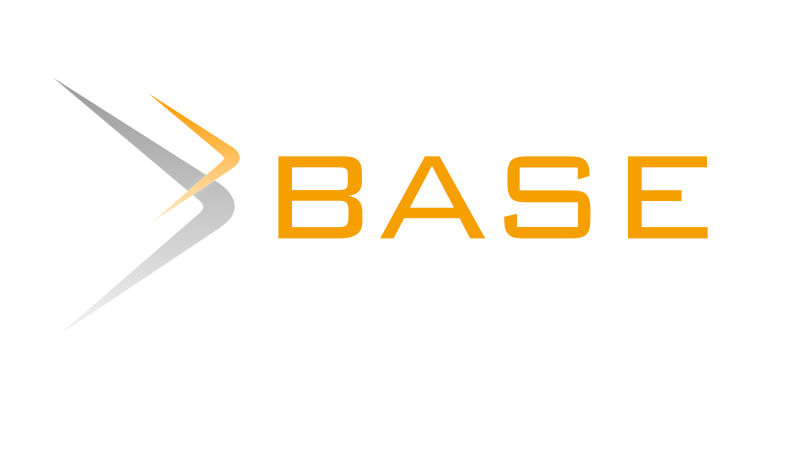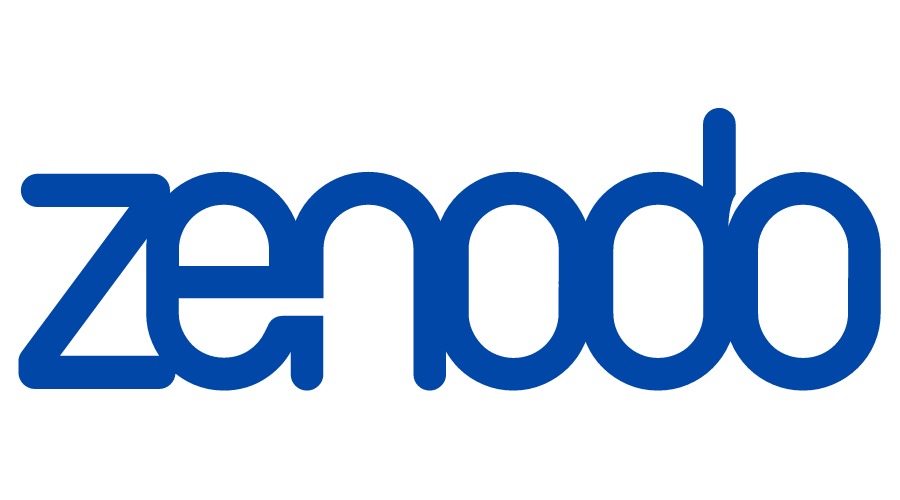International Journal of Contemporary Research In Multidisciplinary, 2025;4(5):198-210
Review on different DC to DC Converters
Author Name: Saroj Kumar Behera;
Paper Type: research paper
Article Information
Abstract:
The use of DC-DC converters is essential in modern power electronics, as they enable the regulation of voltage and transfer energy across a broad spectrum of applications, including renewable energy systems, industrial automation, and food processing equipment. Traditional topologies like buck, boost, and even a simple ‘boost-booster’ converters still form the basis of conversion principles; however, new demands for higher voltage gain, lower ripple, and better thermal management have increasingly favoured interleaved and multiphase architectures. Why? In high-power, high-efficiency situations, converters like the Interleaved Double Boost (IDB) and Interleaved Dual Embedded (IDB) have proven to be highly efficient. Compared to conventional boost designs, the IDB converter offers greater voltage gain and ripple reduction, while the IDDB topology enhances current sharing through thermal distribution, fault tolerance, and other features. They are especially well-suited for renewable energy integration, DC microgrids, and energy-sensitive food processing technologies. The analysis merges operational rules, design aspects, performance metrics, and comparative analyses of IDB and IDBD converters. It also provides insights into their strengths, weaknesses, techniques, methods, papers, patents & trademarks (CLA), and future research opportunities in sustainable energy and industrial settings.
Keywords:
DC–DC converters, Interleaved Double Boost (IDB), Interleaved Double Dual Boost (IDDB), Renewable energy, High-efficiency power systems
How to Cite this Article:
Saroj Kumar Behera. Review on different DC to DC Converters. International Journal of Contemporary Research in Multidisciplinary. 2025: 4(5):198-210
Download PDF


